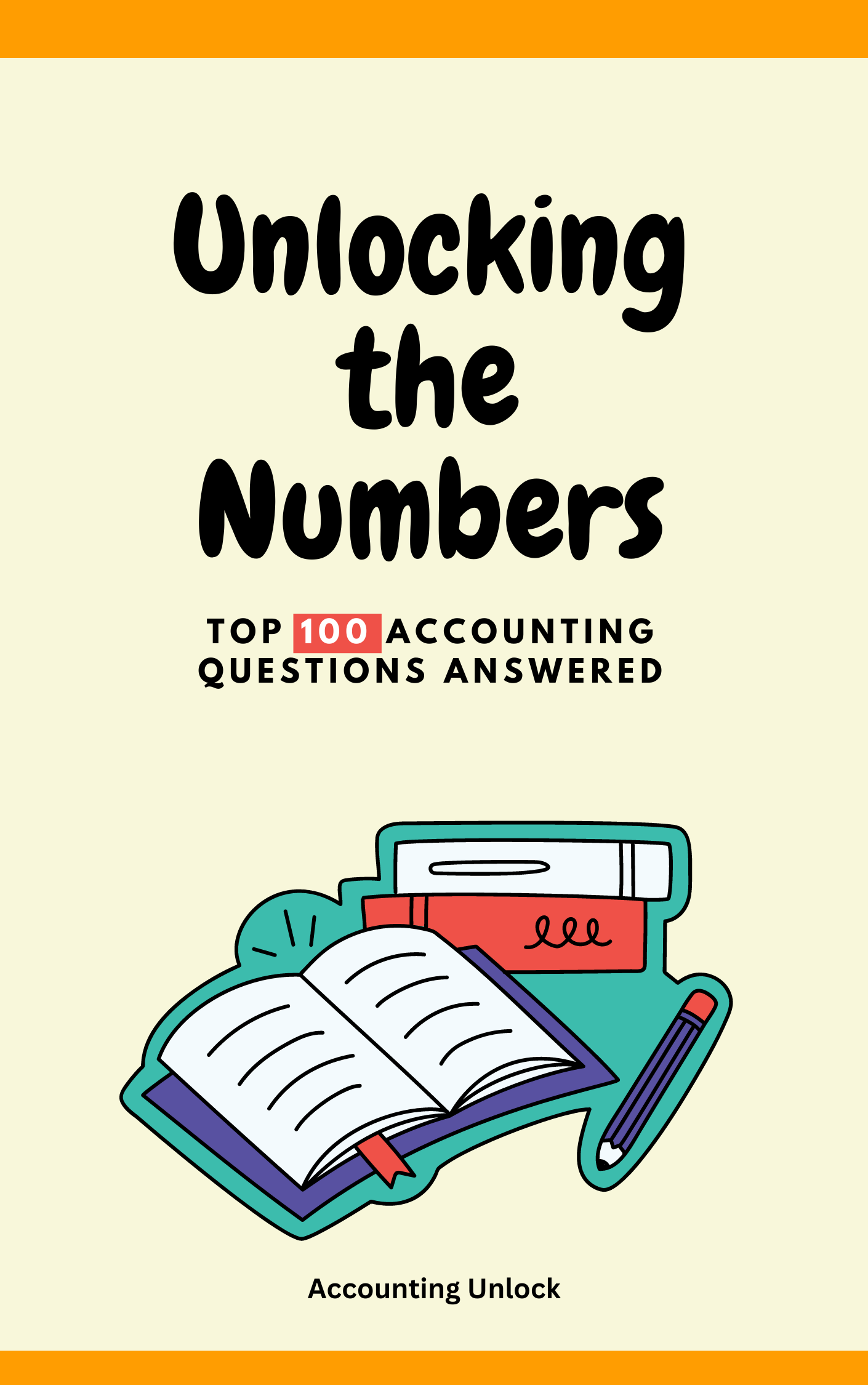Hey there, financial sleuths! Ever lend your bike to a friend, only to worry about its fate like a missing treasure? That’s kind of like a “bailment,” where temporary custody of something changes hands, like entrusting your favorite wheels to a two-wheeled adventurer!
Imagine you run a library overflowing with awesome books. Kids come in and borrow stories, like taking tiny adventures on loan. They become the “bailees,” temporarily holding onto your books (the “bailed goods”). You, the librarian, are the “bailor,” trusting them to care for your literary treasures.
Here’s how it works:
- Treasure in their hands: You lend something (your bike, a library book, even a prized skateboard) to someone else (your friend, a kid, another skater).
- Temporary adventure: That person takes care of your stuff for a while, riding the bike, reading the book, or shredding the park on the board.
- Safe return is key: It’s their responsibility to keep your stuff safe and return it in good condition, just like returning a library book without dog-eared pages.
Bailments aren’t just for libraries, they happen everywhere!
Real-world examples:
- A dry cleaner taking your clothes for cleaning (you’re the bailor, they’re the bailees).
- A mechanic storing your car while they fix it (you’re the bailor, they’re the bailees).
- A museum displaying loaned artwork (the owner is the bailor, the museum is the bailee).
Accounting treatment:
Bailment doesn’t directly impact accounting records for the bailor unless something goes wrong. If the bailee damages or loses the bailed goods, the bailor might have to record a loss or claim compensation. In some cases, bailees might pay a fee for holding onto the goods, which would be recorded as income for the bailor.
Key points about bailment:
- Temporary transfer of possession of goods.
- Bailee has a duty of care to the bailed goods.
- Can have financial implications if goods are damaged or lost.
Remember, bailment is all about trust and responsibility.





